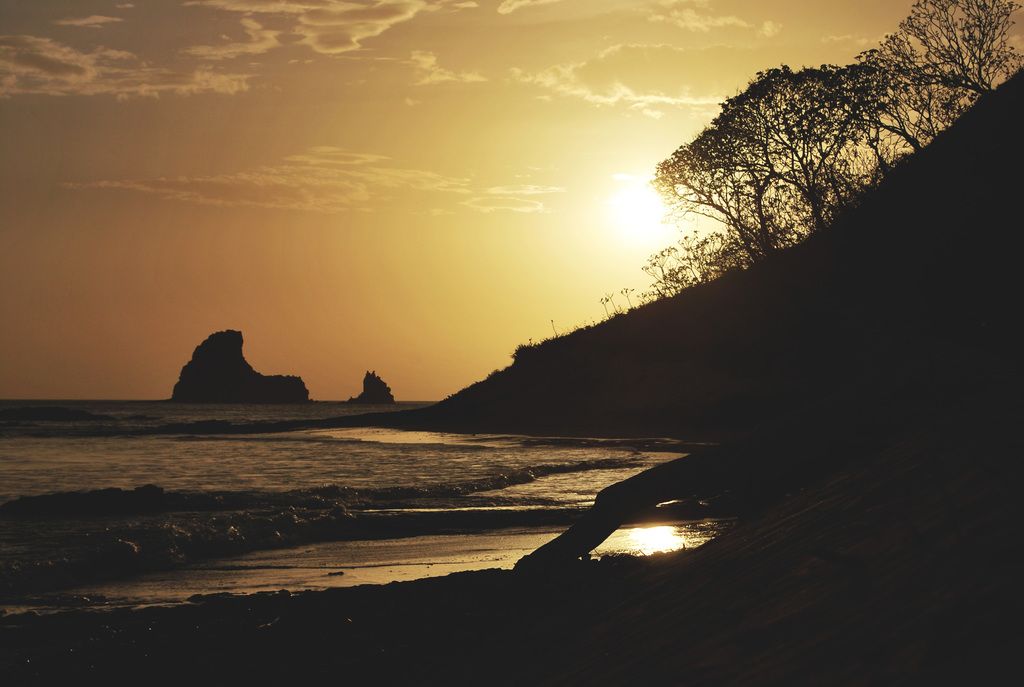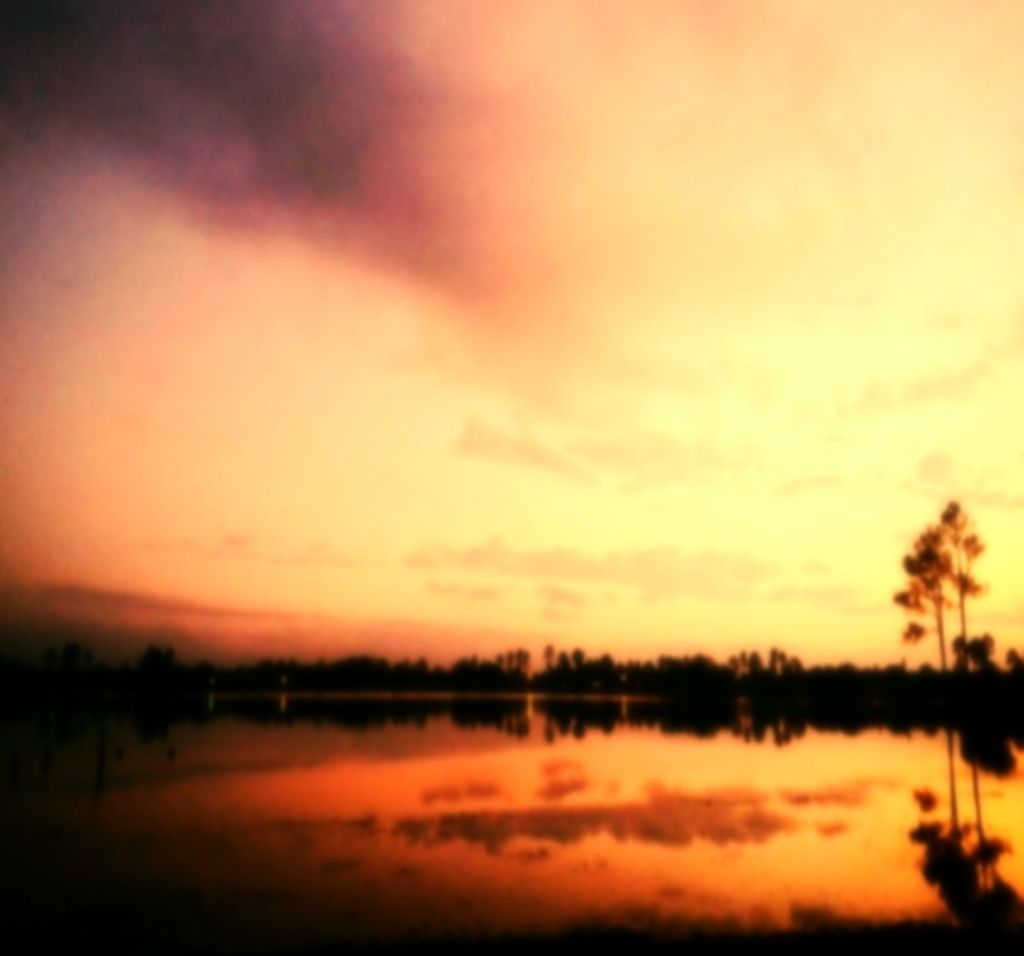Comprehensive Overview of Ambient Music: Essential Information in a Snappy 5-Minute Read
Ambient Aquatic Asylum:
Welcome to the mystifying world of ambient music! From its tranquilizing tones to its thought-provoking ambience, this genre offers a captivating auditory experience like no other. Not your conventional background music, ambient compositions are a complex tapestry of subtle, nuanced sounds that transcend traditional musical structures. Let's dive into the enigmatic realm of ambient music!
In this exploration, we'll delve into:
- The essence and enigma of ambient music;
- Its ancient routes and their modern transformations;
- Key sonic elements that define this unique genre;
- Pioneering artists who’ve left indelible marks on the ambient landscape;
... and much more! So, without further ado, let’s set sail for a musical adventure!
Table of contents
- The Ambiance of Ambient Music
- Ancestral Whispers: Origins and Evolution
- The precursors of ambient music: Satie, Cage, and Glass.
- The contemporary rebirth of ambient music: From Eno to Aphex Twin.
- Keys to the Ambient Kingdom:
- The rhythmic advantage: Feel the pulse, barely.
- The melodic layers: Serene and unsettling soundscapes.
- The surreal soundscapes: Stealthy field recordings and ethereal effects.
- The foundation: The ambient bassline with a twist.
- The symphony of synths: Serene melodies and rhythmic punctuation.
- Notable Ambient Explorers:
- Brian Eno: The grandmaster of ambient music.
- Aphex Twin: Dark, intricate, and experimental.
- Boards of Canada: Nostalgic and emotionally resonant.
- William Basinski: Haunting beauty and the passage of time.
- Huerco S.: Lo-fi aesthetic and symphony of textures.
- Artistic Perspectives:
- The role of ambient music in everyday life: Relaxation, focus, and therapy.
- The impact of technology on the evolution of ambient music.
The Ambiance of Ambient Music
Ambient music is designed to evoke feelings and paint pictures in your mind, rather than adhering to the traditional dictates of melody and rhythm.
While some might refer to it as "background music," it is anything but simple. Its complexity lies in its subtlety and versatility, offering an immersive experience for those who take the time to listen.
Assisting in creating a alternate world, ambient music aims to transport you to another realm. This is often achieved through the incorporation of field recordings, replicating the soundscape of various emotions and environments.
Ancestral Whispers: Origins and Evolution
The roots of ambient music can be traced back to the early 20th century, when composers like Erik Satie, John Cage, and Philip Glass began experimenting with the idea of music as an environmental experience, instead of a structured performance.
- Early antecedents: Satie's "musique d'ameublement" created in the 1920s served as a precursor to ambient music, aiming to create a comfortable atmosphere through background music[2].
- Modern iteration: It was Brian Eno's 1979 album "Ambient 1: Music for Airports" that solidified the genre, establishing ambient music as intended to inspire tranquility and introspection[2].
- 1980s Revolution: The proliferation of synthesizers and audio effects during the 1980s helped fuel ambient music's growth, giving birth to various subgenres and widespread accessibility for producers[2].
Keys to the Ambient Kingdom
Ambient music is characterized by its emphasis on atmosphere, often blending a variety of instruments and techniques to create a mood or environment. Key elements are:
- Rhythmic advantage: Ambient compositions usually feature minimal or no traditional rhythms, with an emphasis on subtle drums or ambient textures[3].
- Melodic layers: Synthesizers and pads play a crucial role in creating the rich, enveloping soundscapes that define ambient music[3].
- Surreal soundscapes: Environmental field recordings or natural sounds are employed to enhance the sense of space and mood[3].
- Foundation: A subtle bassline, often with sub-bass frequencies, forms the foundation of the track, providing warmth and depth[3].
- Symphony of synths: Piano and synthesizers generate the evolving textures and melancholic moods that are central to ambient music[3].
Notable Ambient Explorers
Several artists have left an indelible mark on the ambient genre. Here are a few you should add to your playlist:
- Brian Eno: Long regarded as the father of ambient music, Eno's experiments in generative music and collaborations with artists across various genres continue to influence modern musicians[2].
- Aphex Twin: Known for his dark, intricate soundscapes and innovative blending of ambient elements with technology, Aphex Twin explores the boundaries of the genre[2].
- Boards of Canada: This Scottish duo crafts nostalgic, emotionally resonant music, utilizing lush analog synths and strong melodies that captivate audiences[2].
- William Basinski: Recognized for his disintegration loops series, Basinski's work explores time, emotion, and memory, resulting in hauntingly beautiful soundscapes[2].
- Huerco S.: With a lo-fi aesthetic, Huerco S. deftly combines elements of house and techno with ambient textures, showcasing his unique production style[2].
Artistic Perspectives
While ambient music is typically used in background settings, it can have a profound impact on our lives.
- Everyday utility: Ambient music is often employed to promote relaxation, support focus, and even used as a therapeutic tool[4].
- Technological developments: The evolution of technology has greatly influenced ambient music, providing artists with innovative tools to create and refine their soundscapes[4].
In this exploration of ambient music, we will discuss how its symphony of synths and serene melodies create surreal soundscapes that transport listeners to alternate realms (The Ambiance of Ambient Music). Furthermore, we will delve into the symphony of synths in synthesizing a unique musical experience, tracing the genre's roots from early antecedents like Erik Satie to the contemporary rebirth spearheaded by Brian Eno (Ancestral Whispers: Origins and Evolution).








